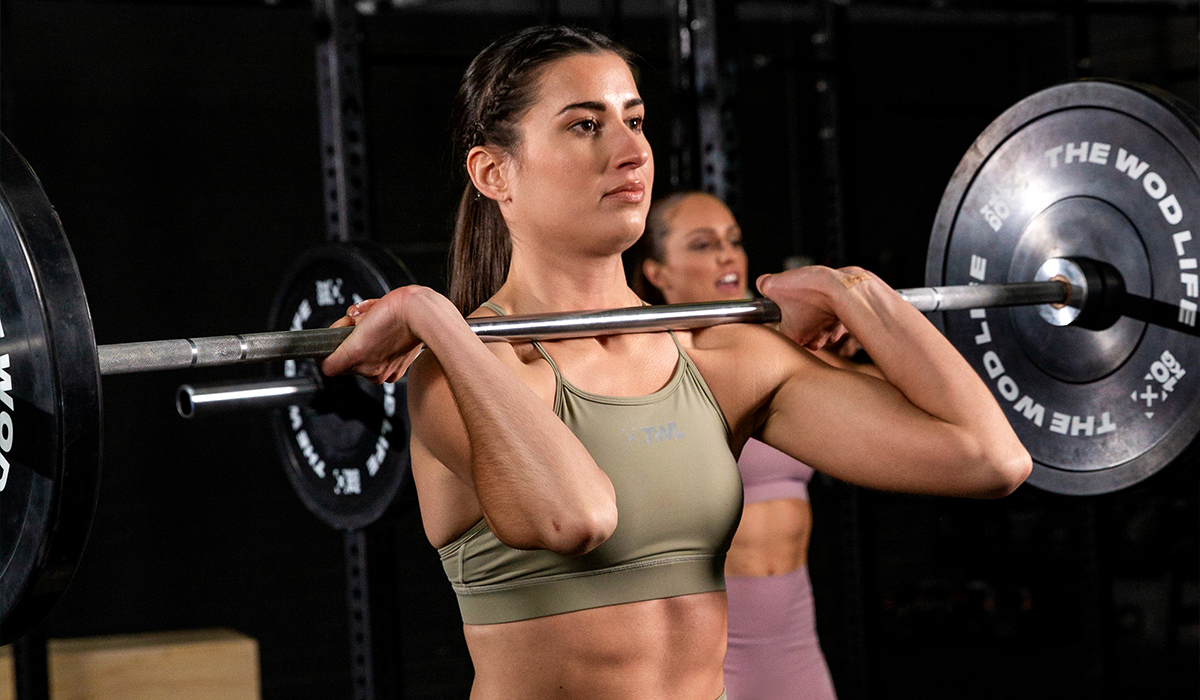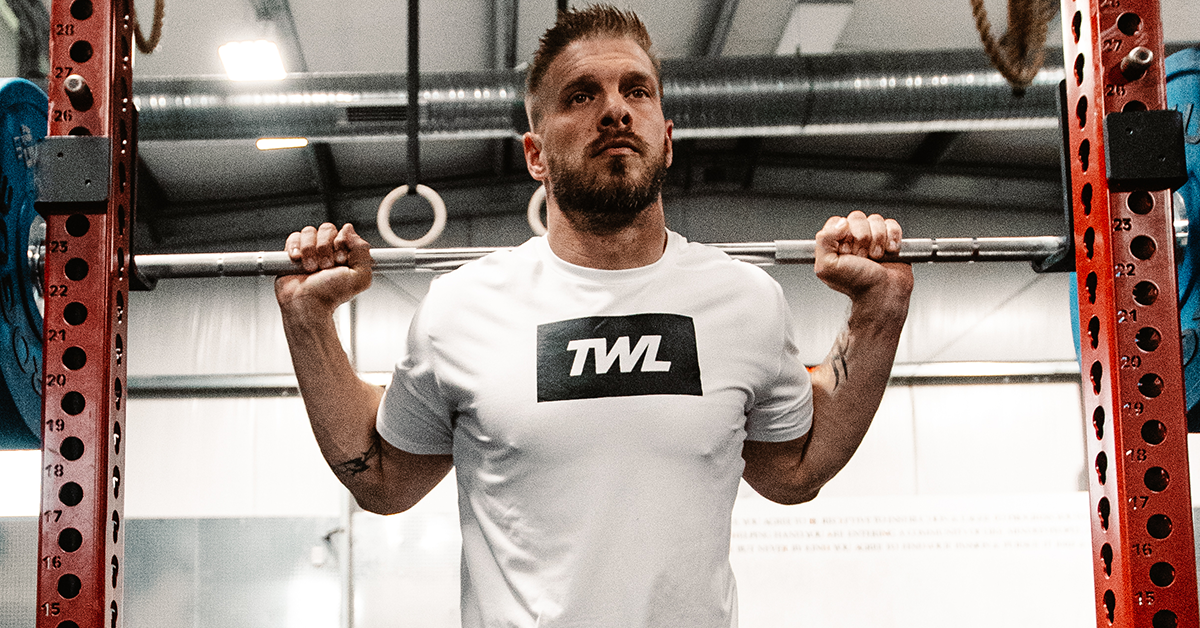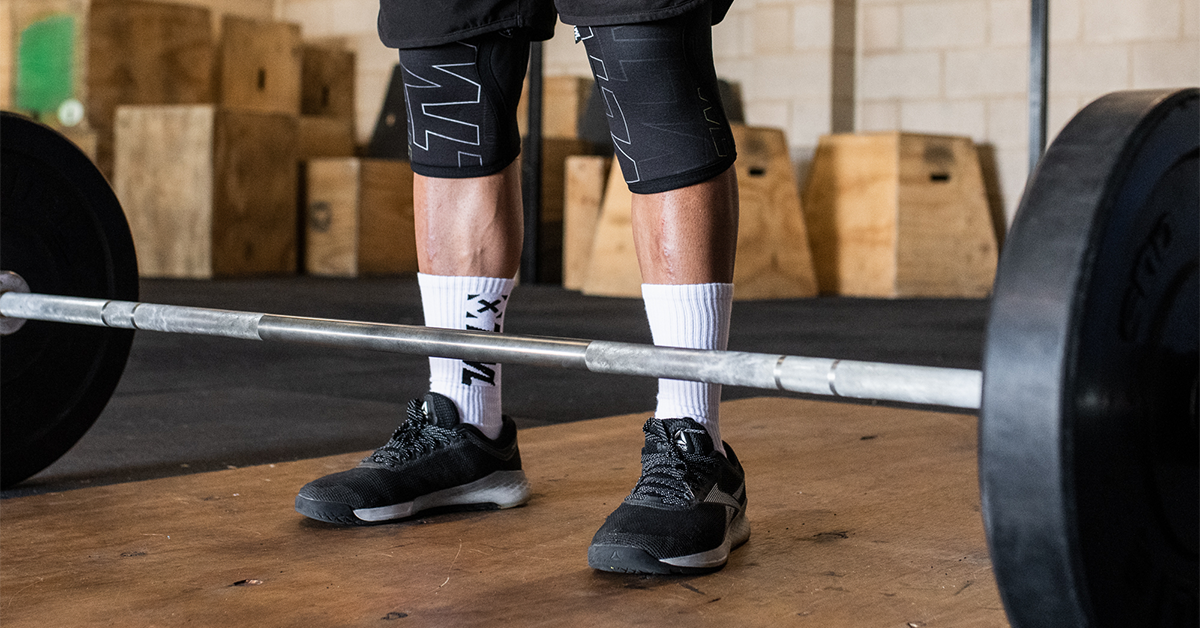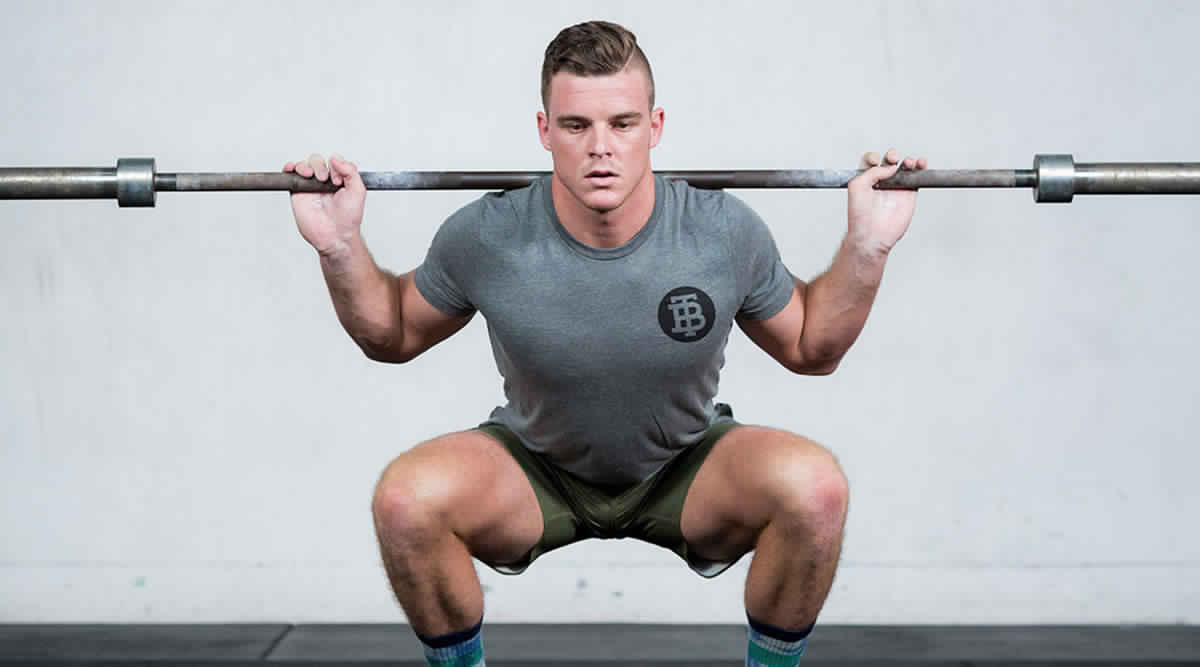Squats are one of the pillars of functional fitness. It’s a movement you do every single day, inside and outside of the gym. However, sticking with nothing but your traditional front squat and back squat can start to feel like a snooze-fest after a while. That’s where squat variations come into play. One variation that we love is sumo squats! In this blog, you’ll learn:
- What a sumo squat is.
- How to perform it, step by step.
- Extra tips for success.
- The benefits and muscles worked.
- Variations of the sumo squat.
Let’s go!
What is a Sumo Squat?
A sumo squat is a variation of the standard squat exercise in which the feet are placed wider than shoulder-width apart (not unlike a sumo deadlift, where your feet must be wider than your grip) and the toes are turned out at roughly a 45-degree angle. This is the biggest difference in the sumo squat because, in your standard squat, your feet are roughly hip-width apart. Aside from your stance and the direction of your toes, not much else changes. So, if you can do a standard front or back squat, then you can probably do a sumo squat!
How to Do a Sumo Squat in 3 Steps
While the concept is relatively simple, let’s break the sumo squat down into steps.
- Start in your standard squat stance, with your feet about hip-width apart. From here, inch one foot about another foot to the side, approximately, to widen your stance.
- Turn your toes outward until they’re pointing about 45 degrees.
- Perform a squat by dropping your hips, almost as if you’re sitting down in a chair.
This is what it looks like in action:
Pretty straightforward, right?
3 Tips for Executing a Flawless Sumo Squat
While the exercise is fairly easy to master, technique and positioning still matter. Here are a few important things to keep in mind.
- Keep your chest up! Only widen your stance and squat as low as you can keep your torso relatively upright. Just like any other squat, you want to avoid falling forward at the hips.
- When you squat, think of keeping your knees over your toes. This helps you maintain the proper positioning and also protects the knee joints.
- If you can’t hit parallel, then your stance might be too wide. Try bringing your feet in a few inches. Remember, as long as they’re wider than your hips, then it counts as a sumo squat.
Benefits of Sumo Squats + Muscles Worked
While the change in your lower-body positioning might seem subtle, sumo squats indeed offer a few unique benefits.
For starters, this stance allows for a greater range of motion. If your squat mobility is suffering, then sumo squats can be an excellent variation. (Be sure to continue working on your ankle mobility and hip mobility anyway, though. Mobility is important in preventing injury.)
Additionally, while all squats are a compound movement that demands total-body strength, sumo squats target one extra muscle. In addition to challenging your quads, glutes, hips, and hamstrings, sumo squats also target your adductors — meaning your inner thighs. This area is typically harder to reach with traditional squats. You might also notice that your lateral quads, particularly, are experiencing an extra burn.
Shop Now
How to Switch Up Your Sumo Squats
Ready to get moving with sumo squats? Start with bodyweight sumo squats to first get more comfortable with the movement. After that, here are several ways you can make it more challenging.
- Add a barbell in the front rack or back rack position.
- Add in dumbbells or kettlebells. With a kettlebell sumo squat, you hold the KB with both hands and allow it to hang in between your legs/feet, so that it taps the ground (or comes close) at the bottom of each squat. You can also hold the weight on top of your shoulders, or grab one weight and hold it at your chest for a goblet sumo squat.
- Slow down the movement — also called a tempo squat! Squat for a count of three, pause for one second at the bottom, and then stand up. Increased time under tension means bigger gains.
- Try sumo squat jumps. Aim to get as much air as possible. Load the quads and glutes on the way down, and then explode upward.
- At the bottom of the squat, pulse your knees outward to get an extra glute burn.
- Grab a mini resistance band for banded sumo squats.
Shop Now
While sumo squats aren’t as demanding on the knees as traditional squats, you might still find knee sleeves beneficial for a little added warmth and compression. And no, squats aren’t bad for your knees! As long as you mind your form and don’t train with an injury, squats are an integral part of your weekly programming. In fact, when applied appropriately, they can help protect you from injury. Other helpful gear can include wrist wraps if you’re doing front rack sumo squats specifically.
Remember that variety is the spice of life — and that includes your training. Sprinkle in sumo squats along with other squat variations for a holistic and well-rounded training schedule. We’ll leave you with a few more ideas:
Get to work!

















